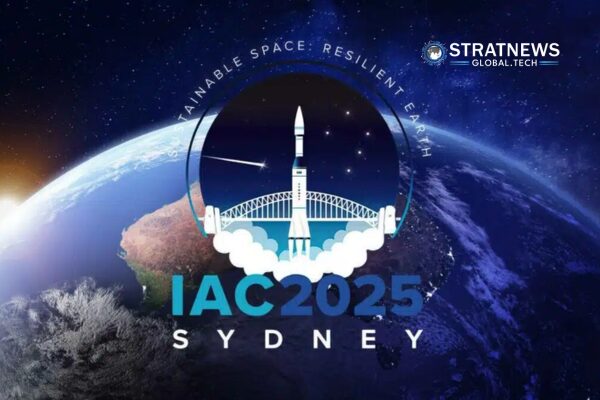The International Astronautical Congress (IAC) 2025, being held in Sydney, has rapidly emerged as a defining global platform for space diplomacy, sustainable innovation, and international collaboration, particularly across the Indo-Pacific. With the theme “Sustainable Space: Resilient Earth,” this year’s IAC is not only a celebration of technological advancement but also a strategic showcase of how space can drive inclusive, climate-conscious, and cooperative futures.
From high-level dialogues to community-driven innovation, IAC 2025 is making headlines for its unprecedented emphasis on Indo-Pacific partnerships, with a strong spotlight on the growing synergy between India and Australia in space.
A Rising Indo-Pacific in the Global Space Arena
Australian leaders have positioned the IAC as a key bridge between the Indo-Pacific region and the global space ecosystem. With announcements of new bilateral agreements, including a Cooperative Agreement with the European Space Agency and a treaty-level Space Framework Agreement with the United States, Australia is leveraging its geostrategic role to catalyze cross-sector space collaborations.
Speaking at the congress, officials stressed the need to connect emerging space actors in the Indo-Pacific to global innovation networks, reinforcing shared goals around sustainability, capacity building, and peaceful uses of outer space.
India-Australia Cooperation: A Strategic Partnership in the Making
India’s presence at IAC 2025 is both prominent and purpose-driven. The India-Australia space relationship, described recently by South Australia Governor Frances Adamson AC as a partnership between “natural allies”, is being strengthened through shared missions, research initiatives, and aligned space policies.
India’s Indian Space Research Organisation (ISRO) is in active discussions with Australian agencies on satellite tracking, deep space communication, and climate monitoring. With Australia’s robust ground station infrastructure and India’s proven satellite launch capabilities, the partnership is expected to advance regional space security and sustainable development.
ShakthiSAT and Space Kidz India: Empowering the Future of Space
One of the highlights of the congress is the presentation of ShakthiSAT, a groundbreaking student satellite mission by Space Kidz India. This initiative exemplifies the congress’s core theme by merging education, equity, and international cooperation.
About ShakthiSAT
It is a lunar satellite mission designed, built, and operated by high school girls from 108 countries, with each nation selecting 108 students for an intensive, 120-hour space technology training program. This project will culminate in the satellite’s launch aboard Chandrayaan-4 in 2026, making it the first all-female student satellite aimed at lunar orbit.
With support from ISRO and collaboration with international partners, ShakthiSAT reflects a transformative model for diversity in STEM, offering young women hands-on experience in payload design, systems engineering, and spacecraft integration.
IAC 2025: More Than a Congress, A Movement
The Sydney edition of IAC has broadened the definition of space innovation. For the first time, the congress integrates sessions on Indigenous knowledge systems, circular economies in orbit, and the role of space in smart cities, agriculture, and construction. Over 200 technical sessions and headline plenaries, including the “Heads of Agencies One-to-One,” are bringing decision-makers face-to-face for candid conversations on the future of space governance and exploration.
Public engagement is a key focus
Space Week Sydney and Space Day drawing thousands through astronaut meet-and-greets, STEM workshops, and city-wide activations—ensuring that space remains accessible and inspiring to all.
A Sustainable and Inclusive Space Future
With participation from NASA, ESA, ISRO, CNSA, and a vibrant cohort of startups and academic institutions, the congress is setting new benchmarks in international space collaboration, especially across the Indo-Pacific.
Recognition of missions like China’s Chang’e-6 lunar sample return, alongside innovative educational models like ShakthiSAT, signal a broader shift: one where space is no longer the exclusive domain of a few, but a shared frontier for science, sustainability, and global unity.
As India and Australia chart new paths together, from joint lunar science to satellite data sharing, their partnership is becoming a model for how emerging space powers can lead with purpose. With IAC 2025 as a catalyst, the Indo-Pacific is poised to shape the next great chapter in human space exploration.


